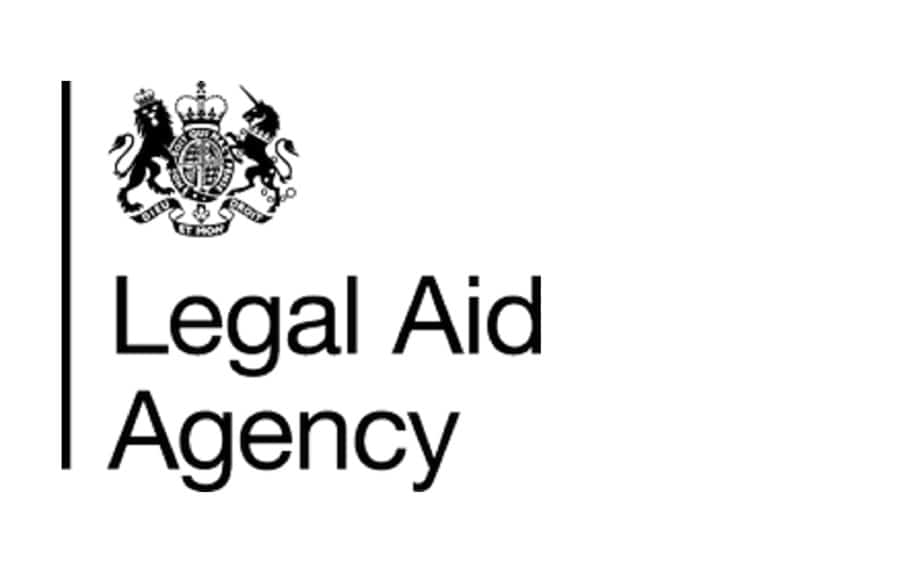
46% of the British public don’t understand the legal aid system
New research by Bolt Burdon Kemp, has uncovered the key issues that are preventing people in the UK from getting proper access to legal services. A survey of 2,000 adults across England, Wales, Scotland and Northern Ireland found:
- 46% say they don’t understand the legal system or how they can get legal support.
- 51% say there are too many barriers to legal aid funding.
In 1949, 80% of British people had access to free or affordable legal help. By 2007, this had reduced to only 27%, and in 2013, austerity measures cut this even further
The Legal Aid, Sentencing and Punishment of Offenders Act (LASPO) meant reduced access to legal aid. According to Bolt Burdon Kemp the legal aid system needs urgent reassessment and reform, otherwise it will be the most vulnerable and disadvantaged groups in society that’ll be the hardest hit.
Research conducted by the firm shows that the regions in England with the highest legal aid expenditure are also the most deprived.
- £88,459,000 spent on legal aid in Yorkshire and the Humber
- £83,443,000 spent in the West Midlands
- £57,915,000 spent in the East Midlands
- £45,000,000 spent in the North East – the most deprived region in England
with explanations for high legal aid expenditure in specific regions given as:
- The area has a lot of legal aid providers (such as law firms or not-for-profit organisations).
- The cases in the area may be more likely to fall under the reduced scope for legal aid following LASPO. Legal aid is now only available for the following types of cases unless under exceptional circumstances: environmental law, asylum,neonatal clinical negligence, mental health law, child welfare, eviction, most judicial reviews.
- The area has a lot of disadvantaged people who qualify for legal aid based on the stringent eligibility criteria.
The demographics of those who receive legal aid are heavily weighted toward Black, Asian and minority ethnic (BAME) groups. The government’s legal aid client diversity data from 2012 onwards shows that this split has remained around 72.5%:22.5% BAME to White applicants over the last 8 years; the research suggesting that further cuts would likely disproportionately affect these minority groups.
The research also identifies a fall of 32% in the number of legal aid providers across England and Wales over the past 8 years, from 4257 in 2011/12 down to 2900 in 2019/20 with LASPO-related legal aid cuts identified as a major contributing factor.
Read the full report here: https://www.boltburdonkemp.co.uk/campaigns/inequality-in-britains-legal-aid-funding-system/










